Connection Through Gardening
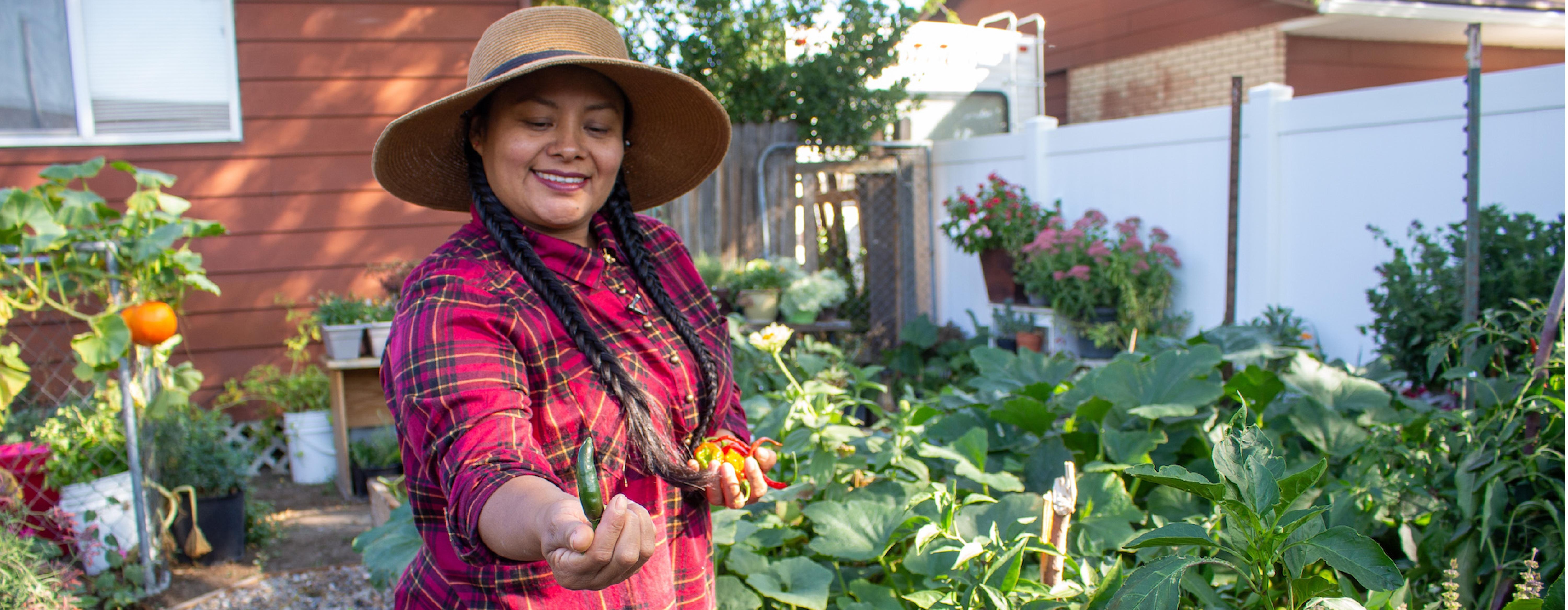

Since discovering gardening, Maria's life has changed for the better. Now, she uses her knowledge to connect with nature, herself, and the community. Even though her current garden is only six months old, she's filled it with flowers, fruits, vegetables, and over 10 different kinds of chili peppers!
Para leer en español, haga clic aquí!
Maria has been gardening for about eight years. When she was first learning how to garden, Maria would often go to the community garden run by the Glendale-Mountain View Community Learning Center. Through volunteering there, she met mentors that helped her learn all about the ins and outs of gardening.
Gardening and teaching has helped connect her with one of her purposes in life. Maria says before she started gardening, she had a lot of stress. But, she credits gardening for helping transform her life. While maintaining her garden is a lot of work, Maria says, “It’s not hard work because it’s something very good for my life.”
Maria finds spending time in her yard has improved her mood and health. In fact, she sees it as an opportunity to connect with the present moment. “The garden helps us a lot when you feel sad, when you feel worried. The garden has something that takes you away, it disconnects you and little by little you realize that you are focused on what you are doing in the garden,” she says.
Working in the garden has helped Maria rethink her relationship with nature. What seems like decay in the garden is part of nature. She says, “there will always be struggles, there will always be trials. We see the seasons, the seasons tell us everything… we as human beings, we are part of that nature.”
Now, when the seasons change and the leaves fall, instead of mourning the ways her garden changes, she embraces it. “When we see fallen leaves, do not think that they are dying. No, they are reproducing and they dance with joy when the wind comes,” she says, knowing those fallen leaves will become compost.
In fact, Maria's plants have helped her to connect to her own resilience. “I have a palm that has been with me for 5 years, and it dies and every time it dies it grows again and has more roots. So when I discover and see a root it fills me with strength.”
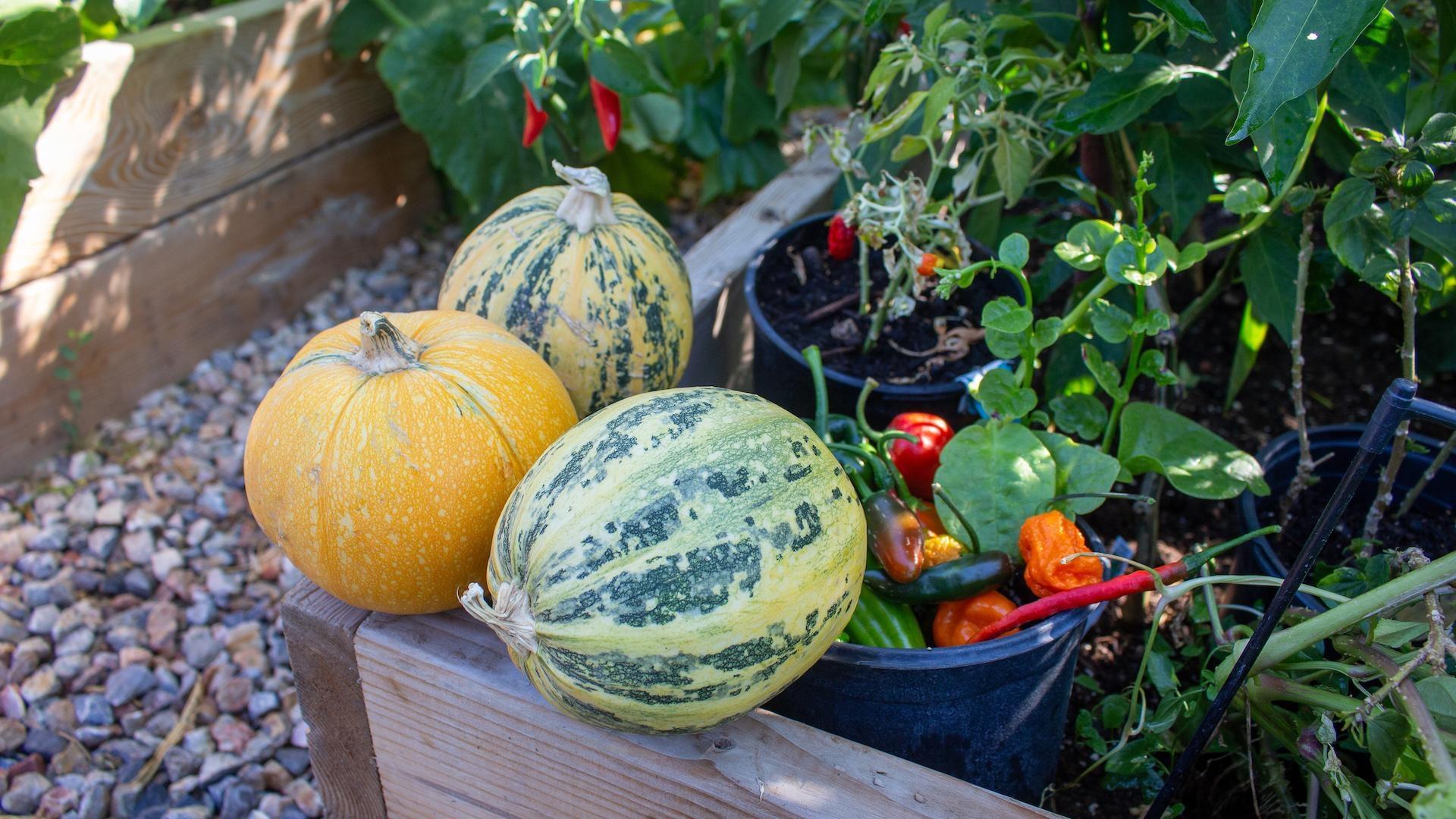
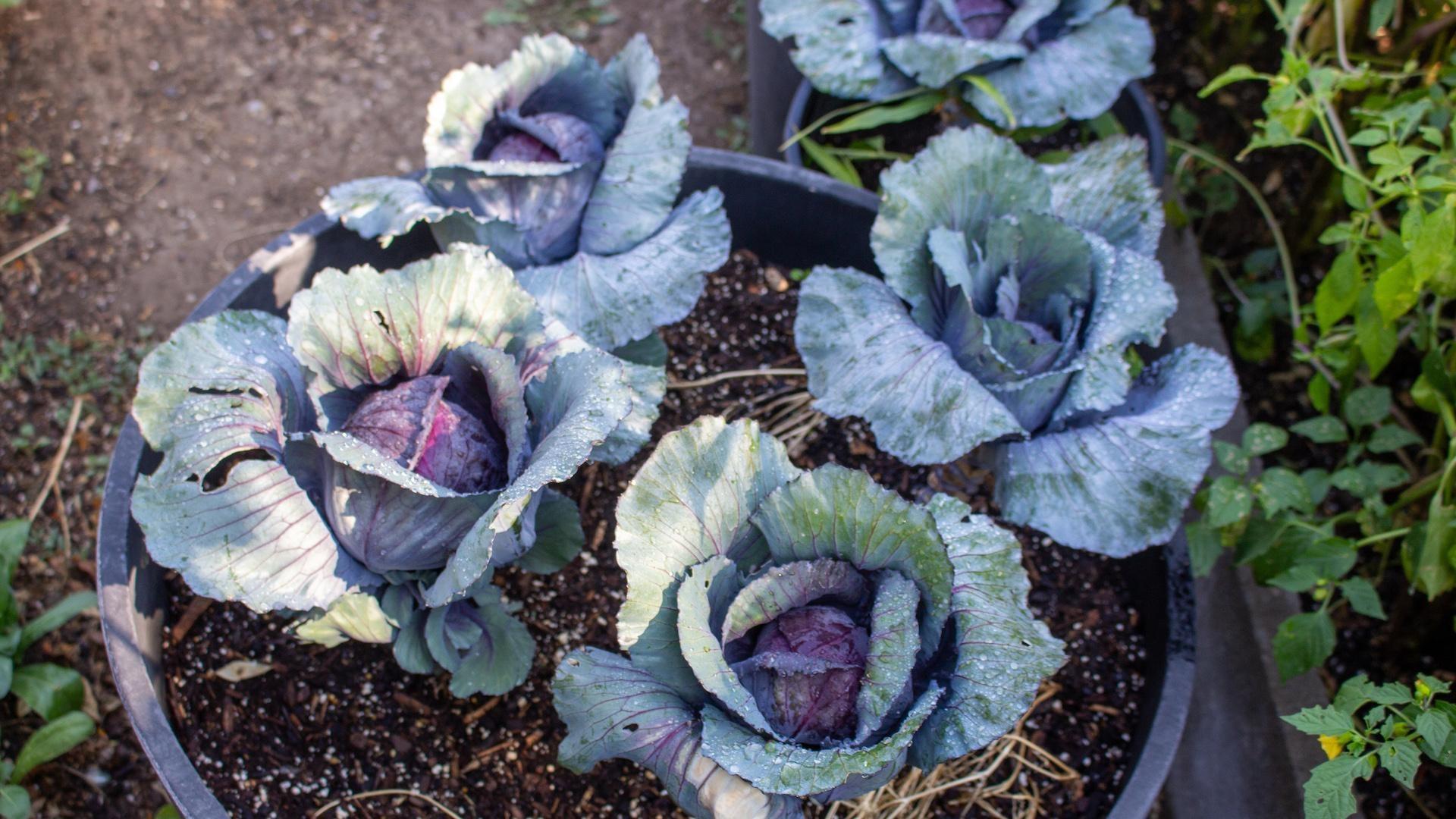
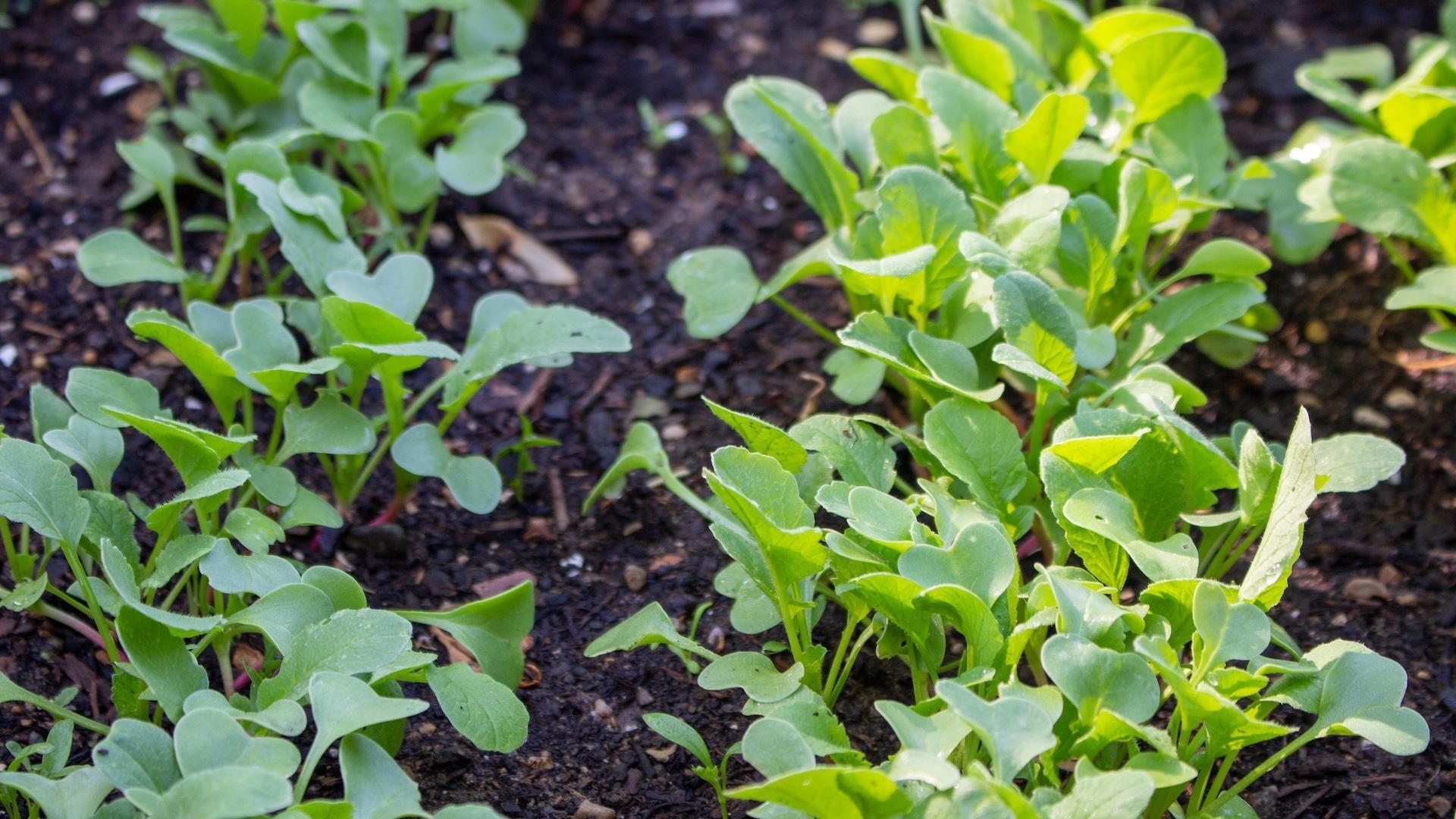
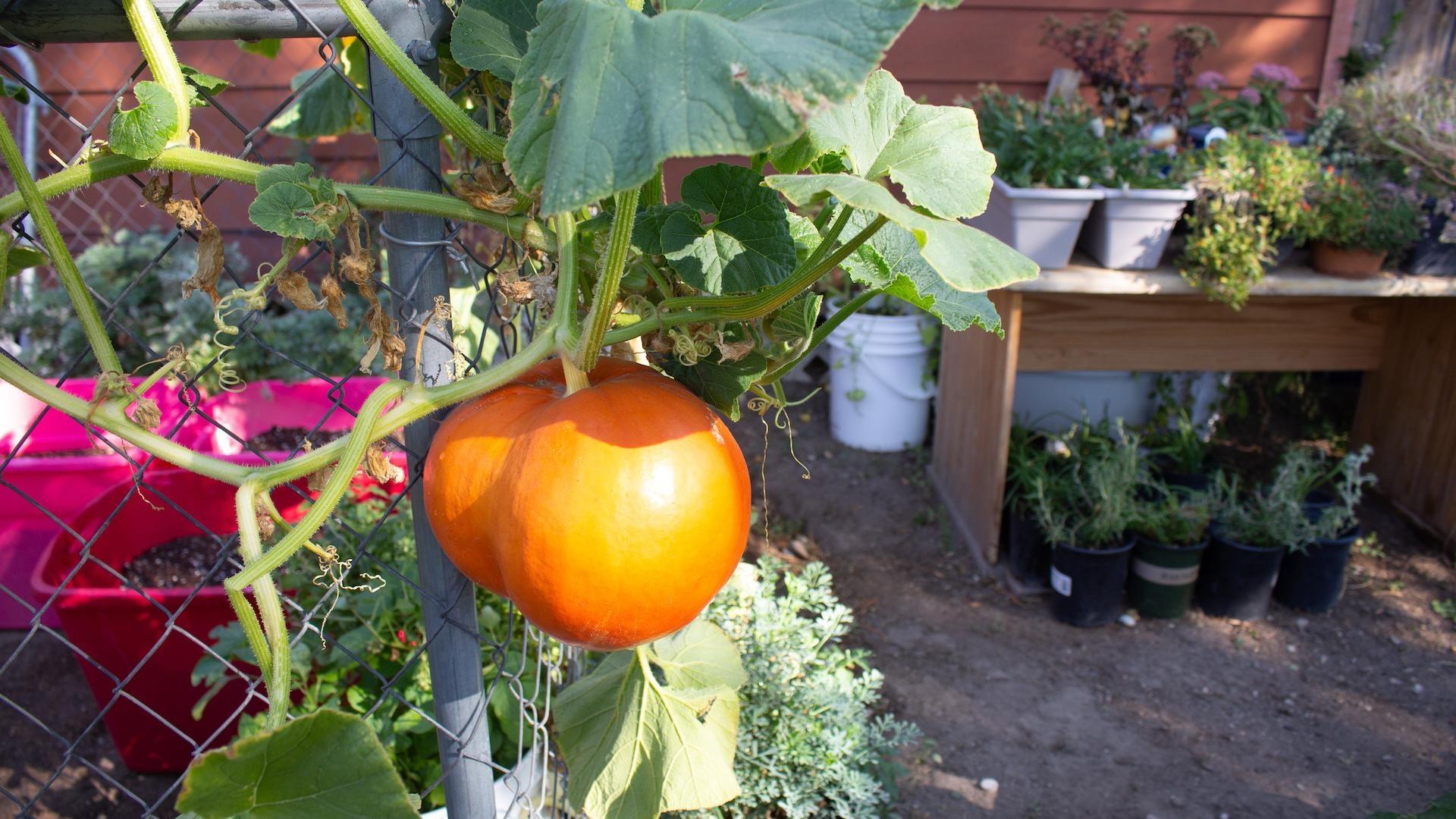


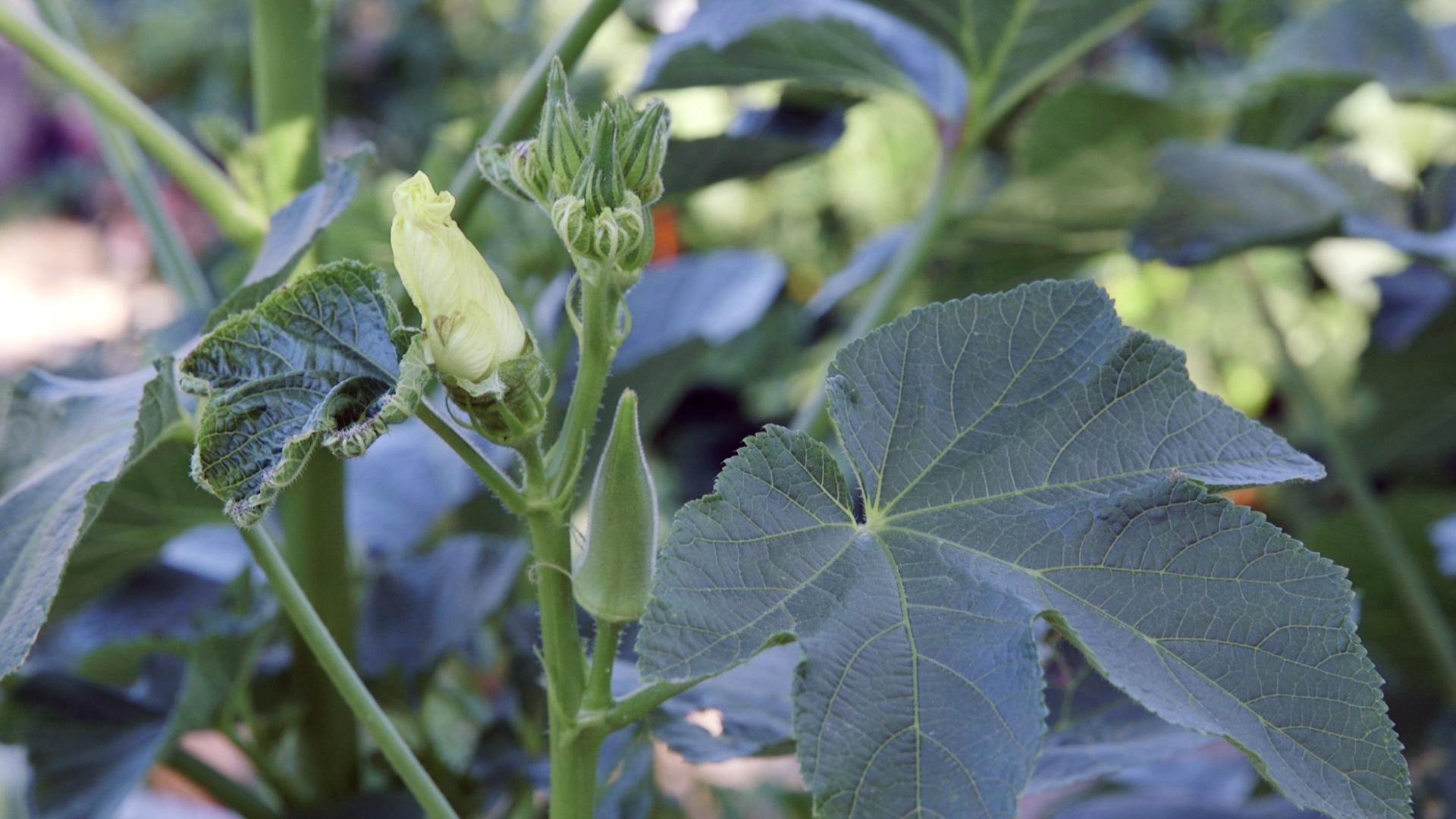
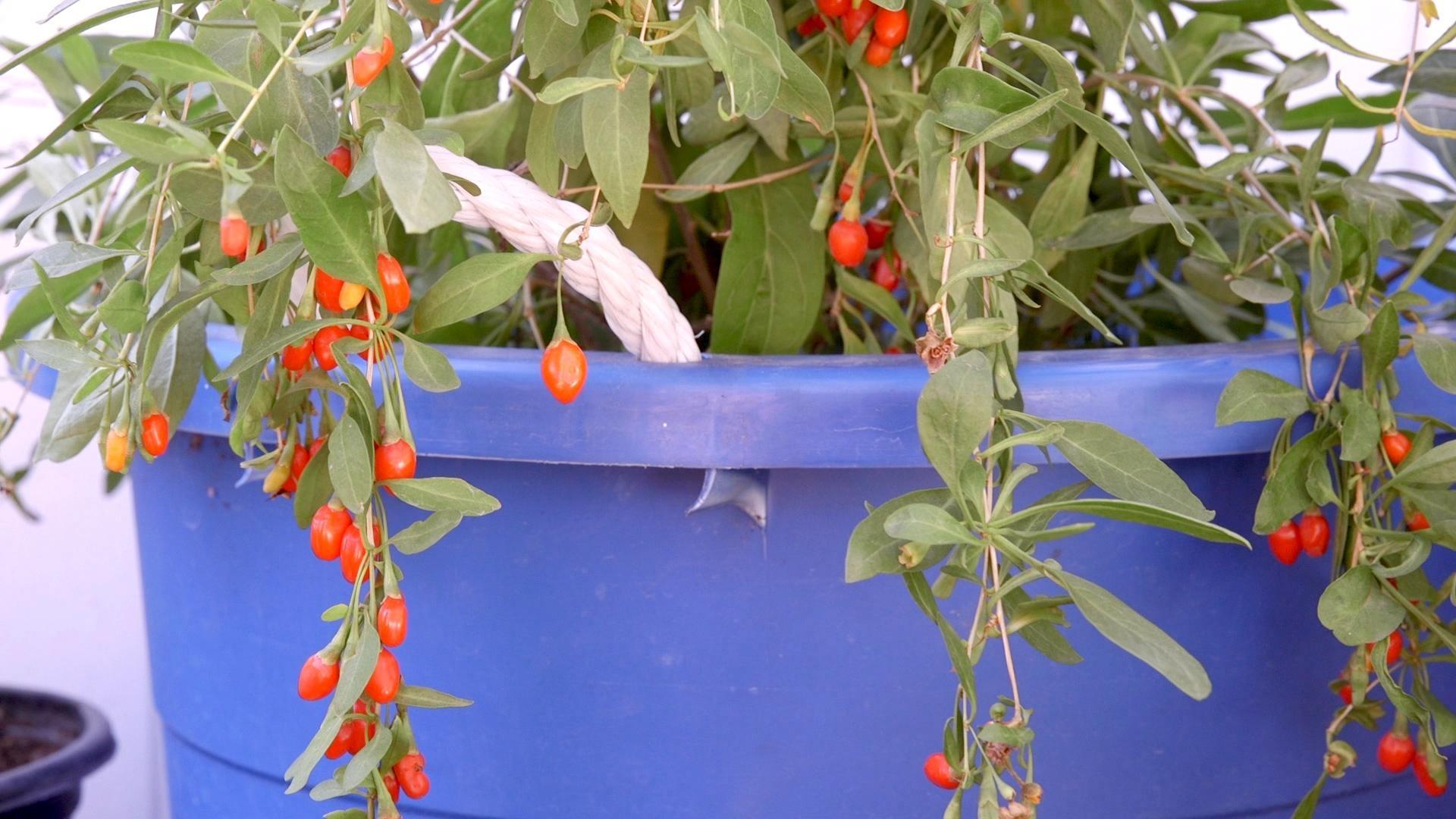
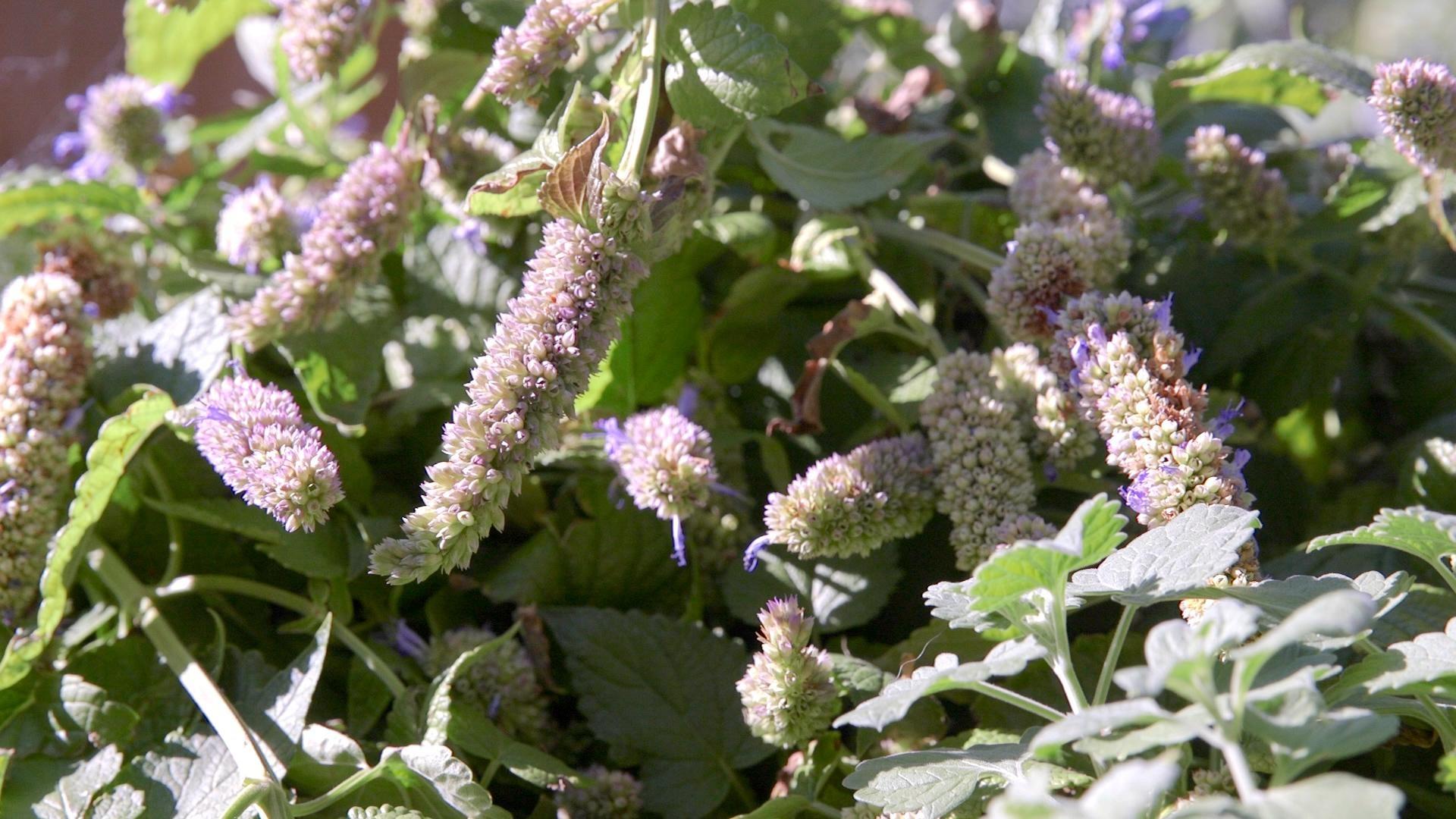
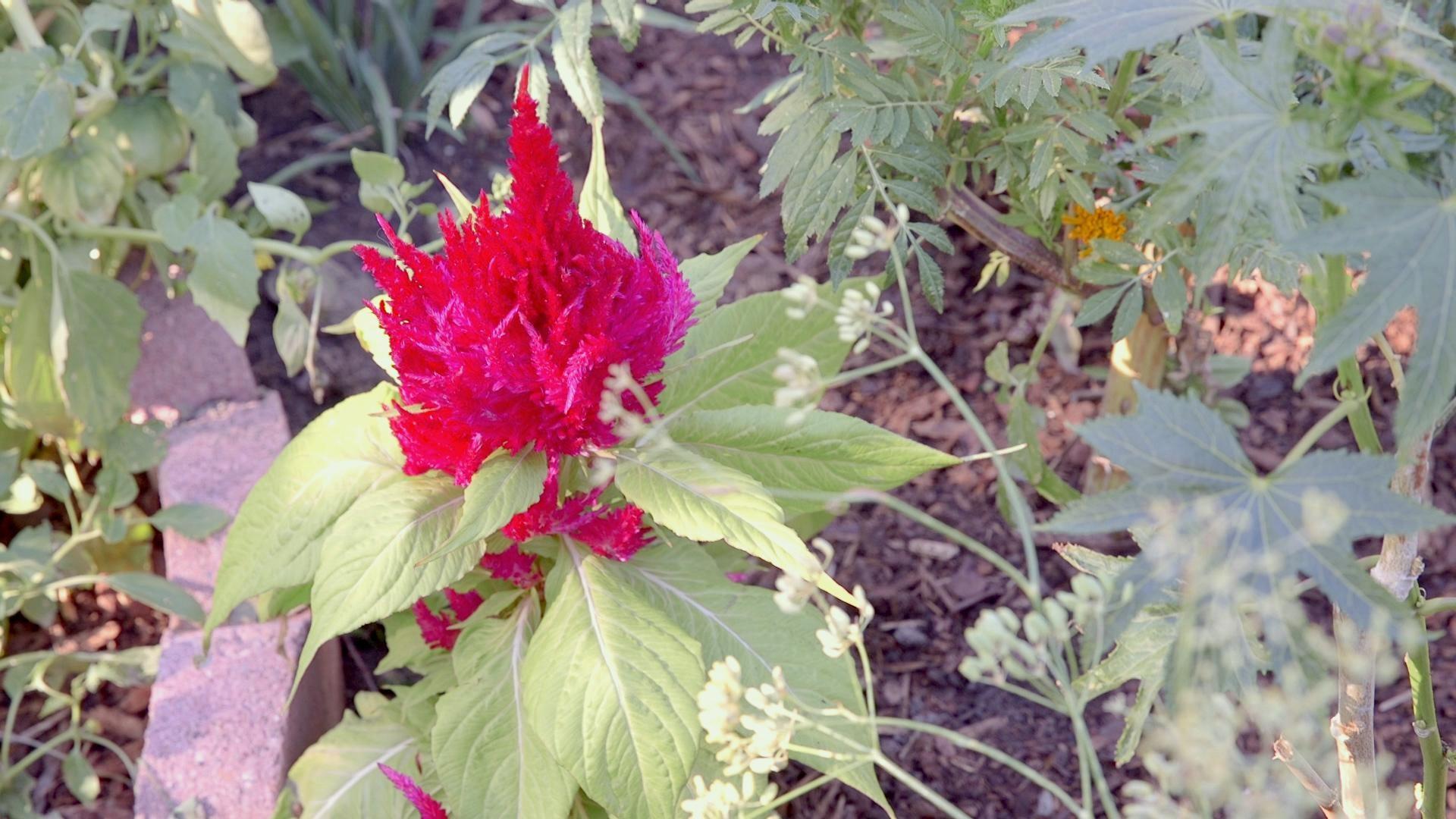
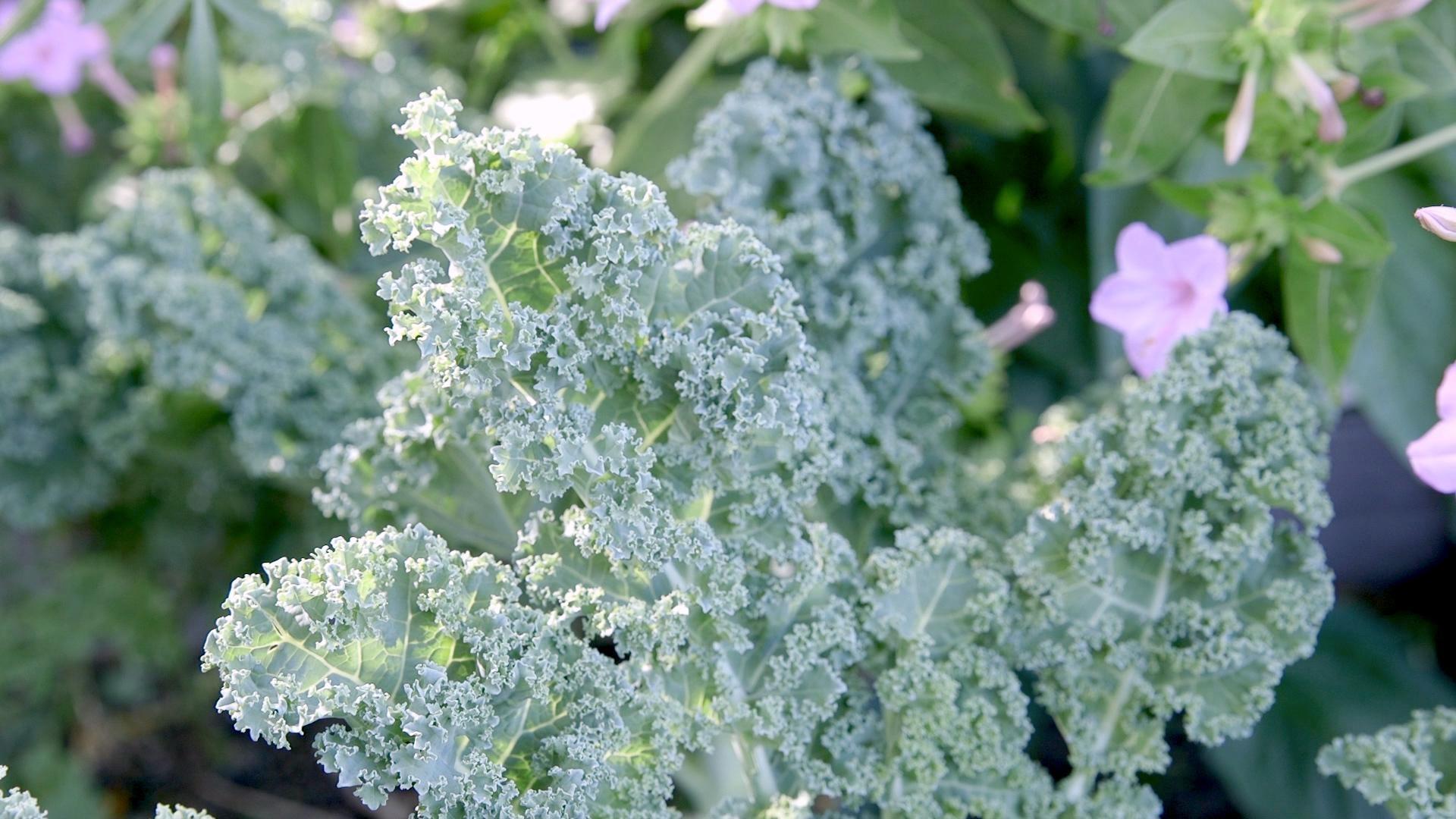













This year, Maria has focused on planting all the different vegetables she might need. It’s been especially reassuring during the pandemic. “It's a beautiful thing in our life because we don't know what's coming in the future — when we hear about not having food, or in fact right now food is getting expensive.”
Some of the things growing in Maria’s garden are: zucchini, radishes, cabbage, cilantro, eggplant, okra, pumpkins, kale, and lots of different varieties of tomatoes and tomatillos. She feels blessed that she can walk into her yard and pick fresh, organic food.
But, some of Maria's favorite plants to grow are medicinal plants and herbs. She makes tea from them. Her all-time favorite is anise, which she says helps when she has an upset stomach.
This year, Maria ended up planting 12 different types of peppers! While she didn’t realize she was going to have so many chilies, it’s given her a chance to find creative ways to use them. She’s finding ways to preserve them, including drying, making sauces, and freezing them.
Maria has orange, green, and red habanero peppers. She says they’re really spicy
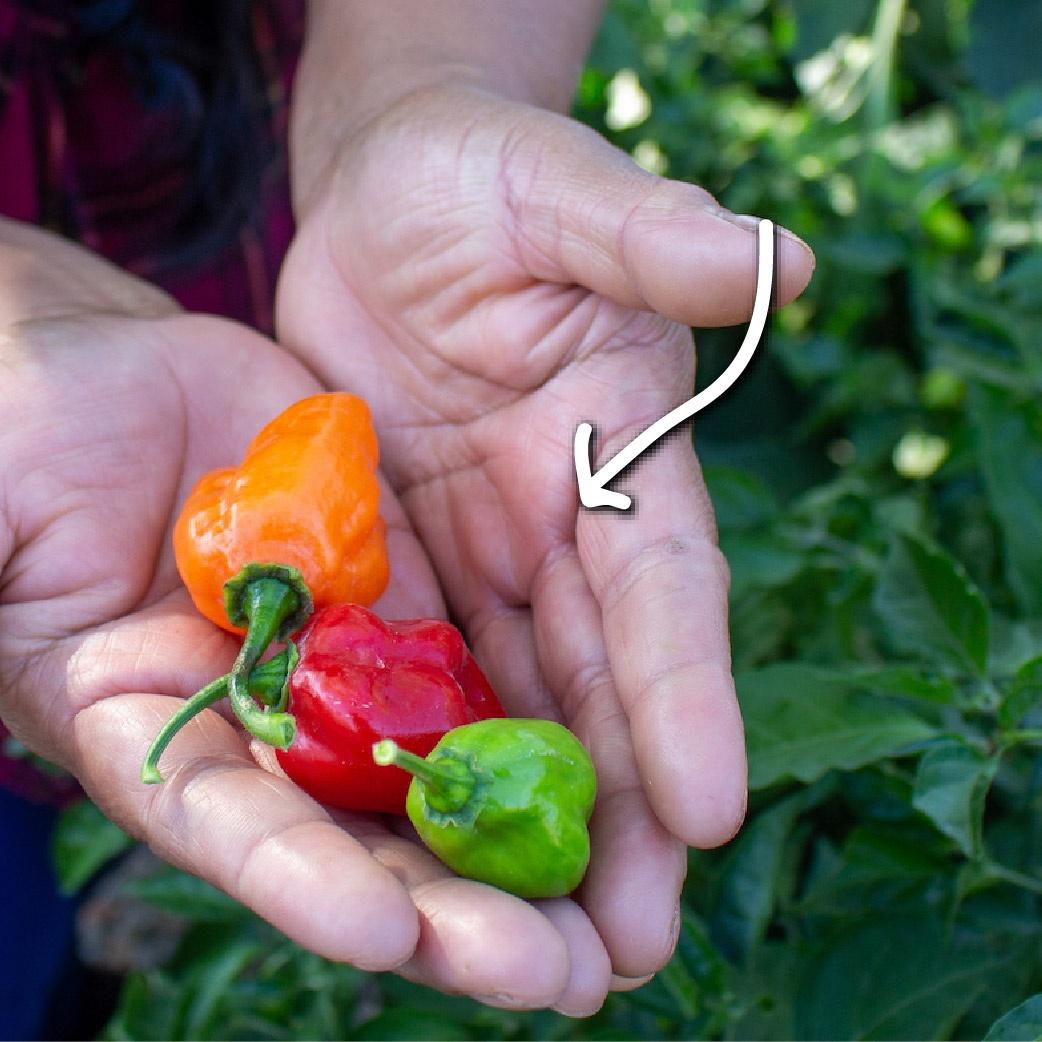
The chilis are green now, but will get dark brown once they’re ripe.

This is one of Maria’s favorite peppers, and her first time growing them. She says the plant can get very large like a tree. She says she hasn’t been able to find them since moving to the US.
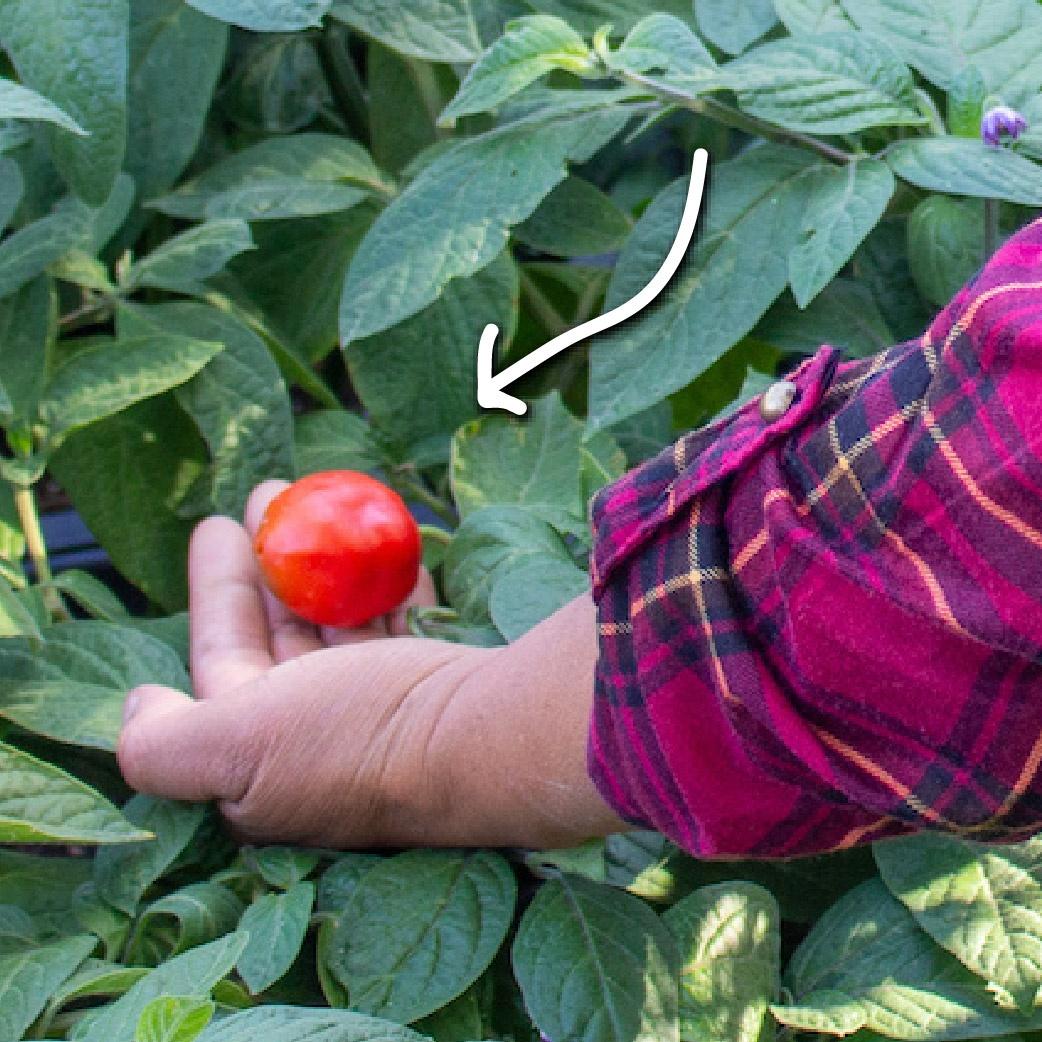
These peppers have a Scoville rating between 1,000,000 and 2,000,000- nearly as spicy as pepper spray!
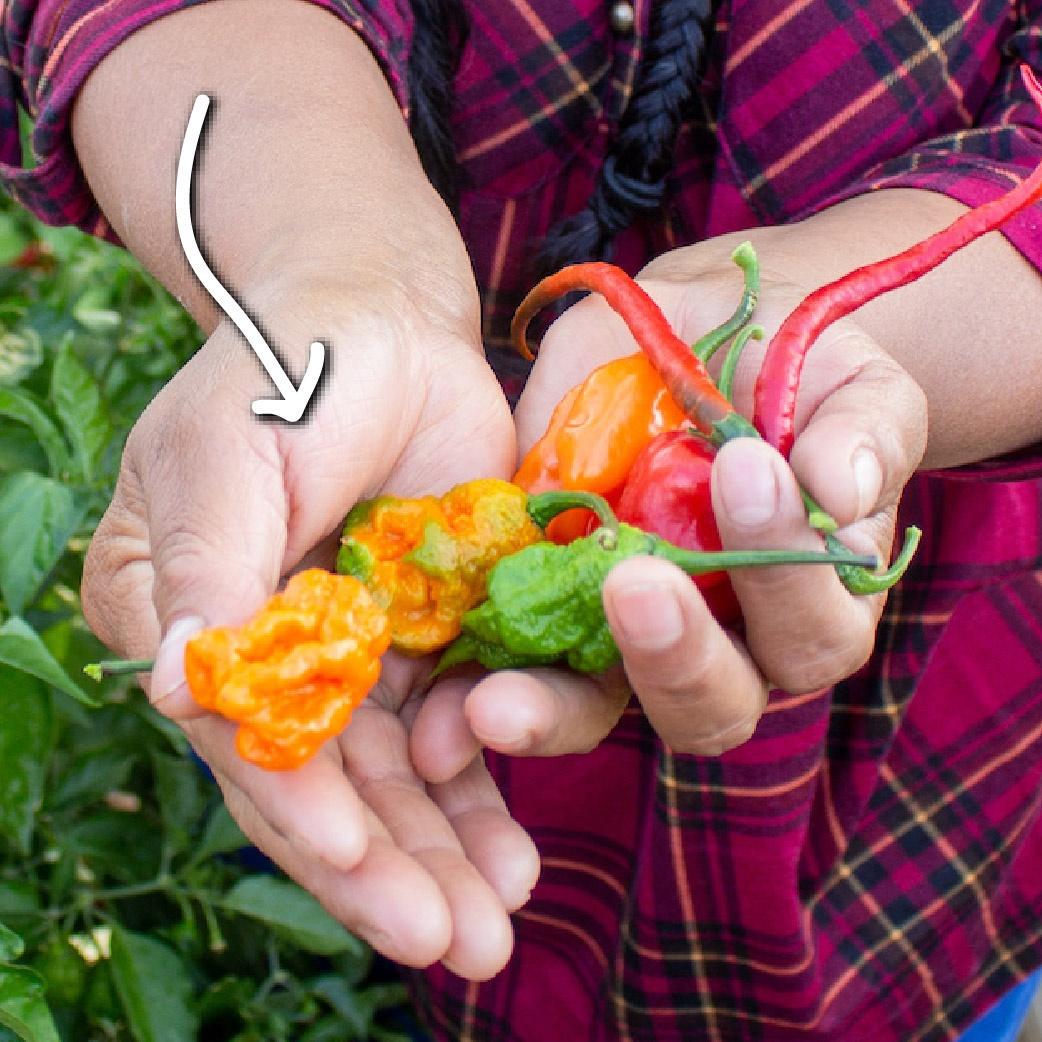
She also has Thai bird's eye chili, bell peppers, chiltepin, piquin, poblano, jalapeno, chili de arbol, and cayenne peppers.
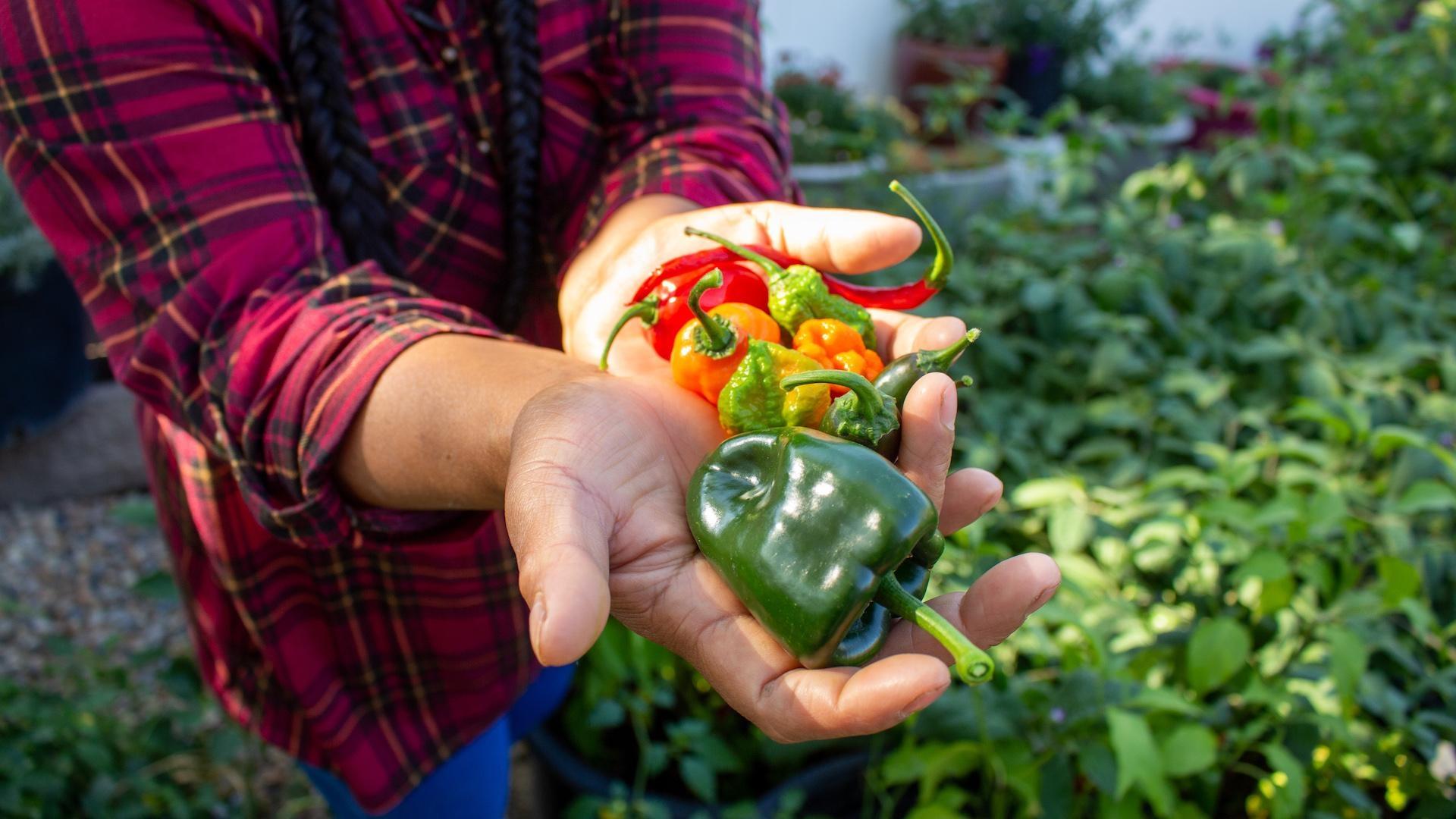
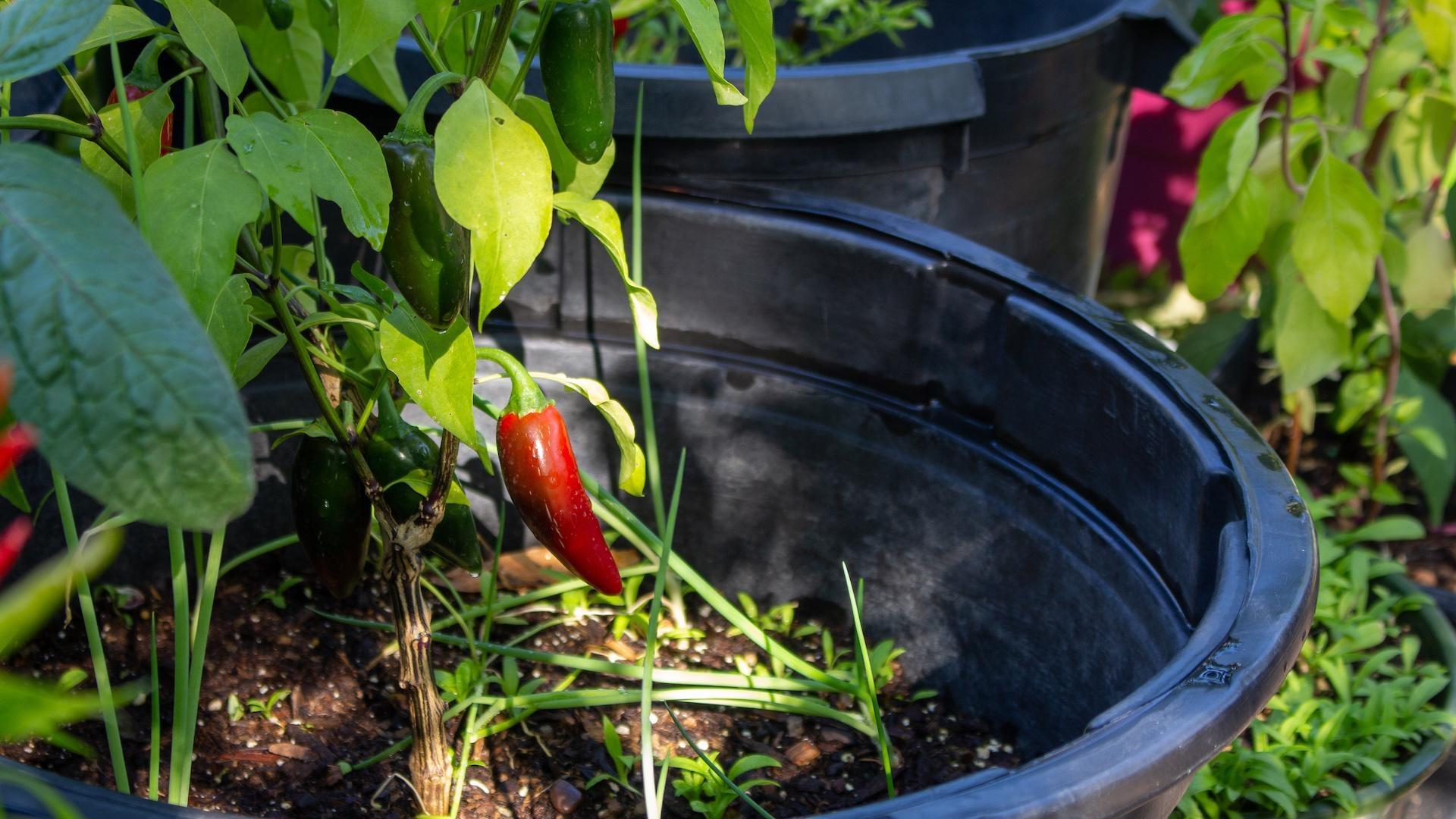
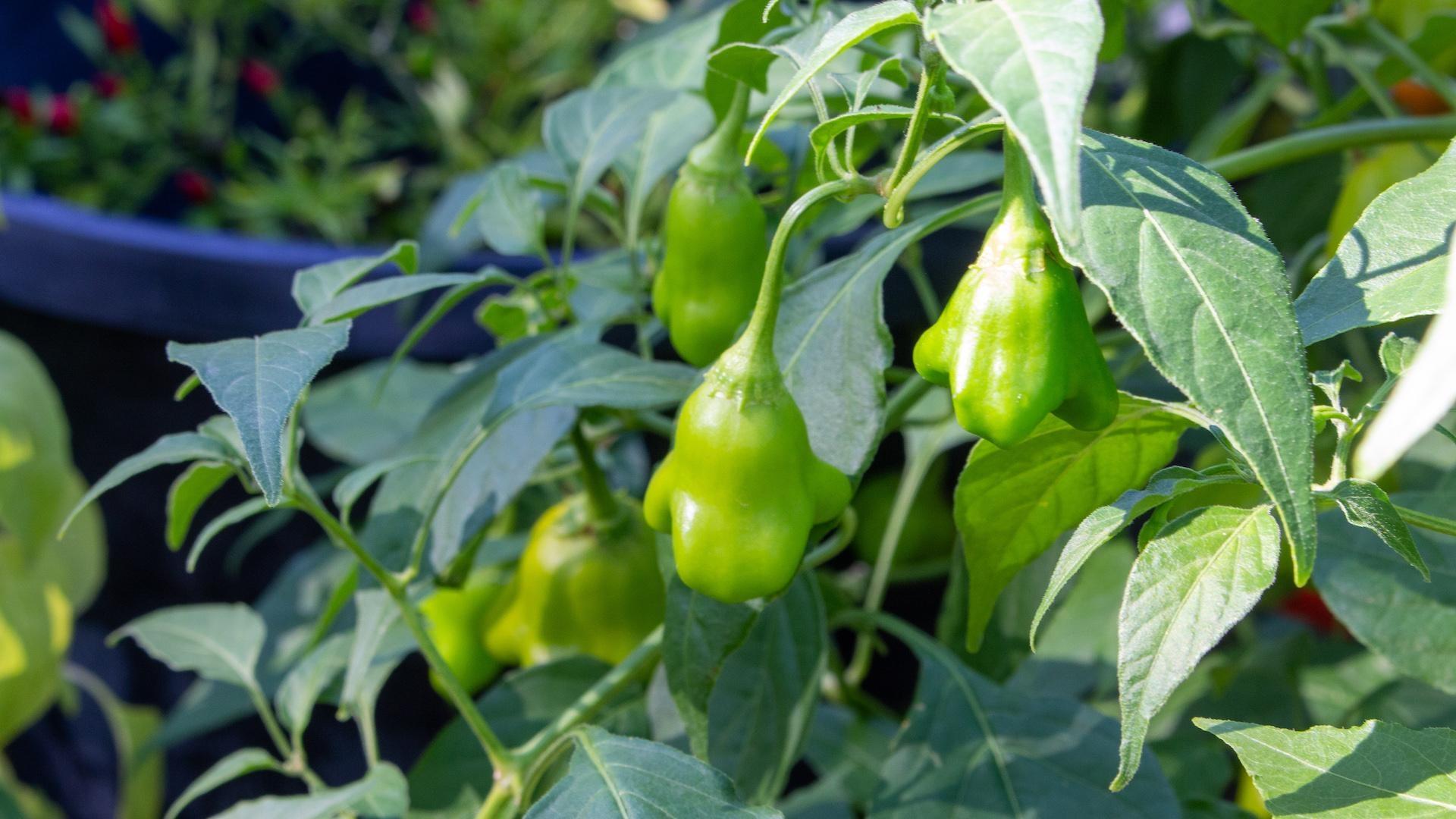
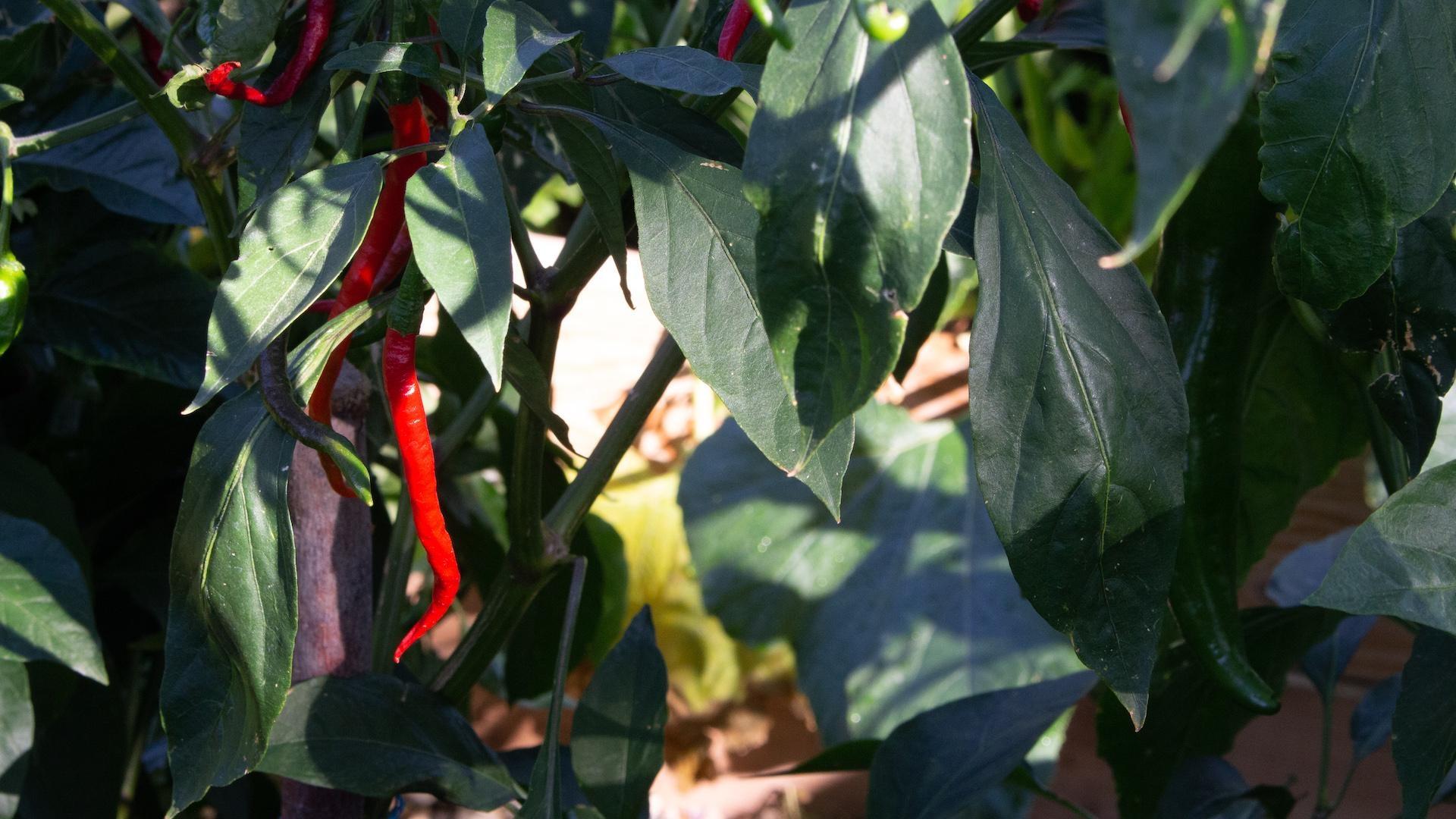
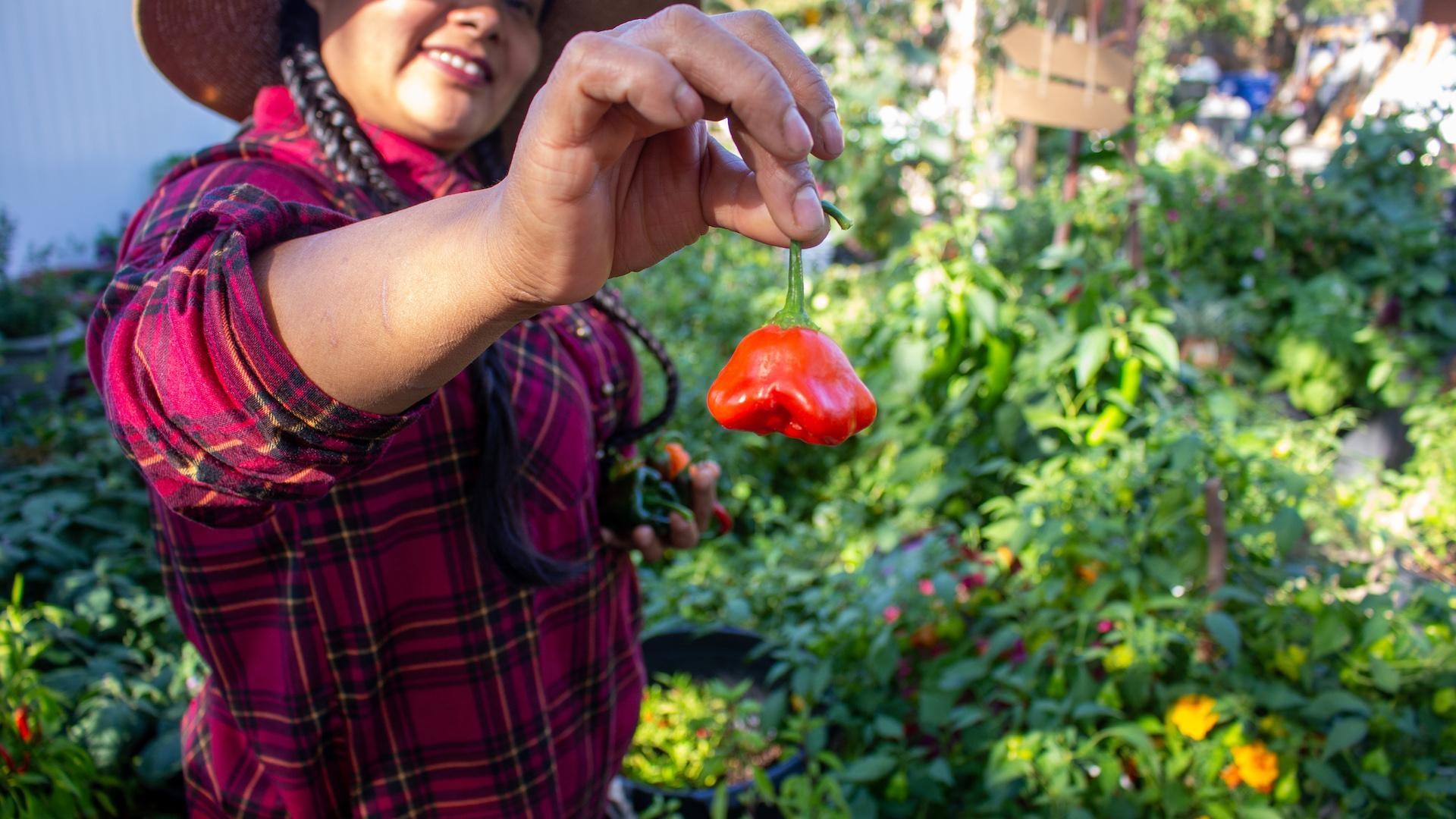
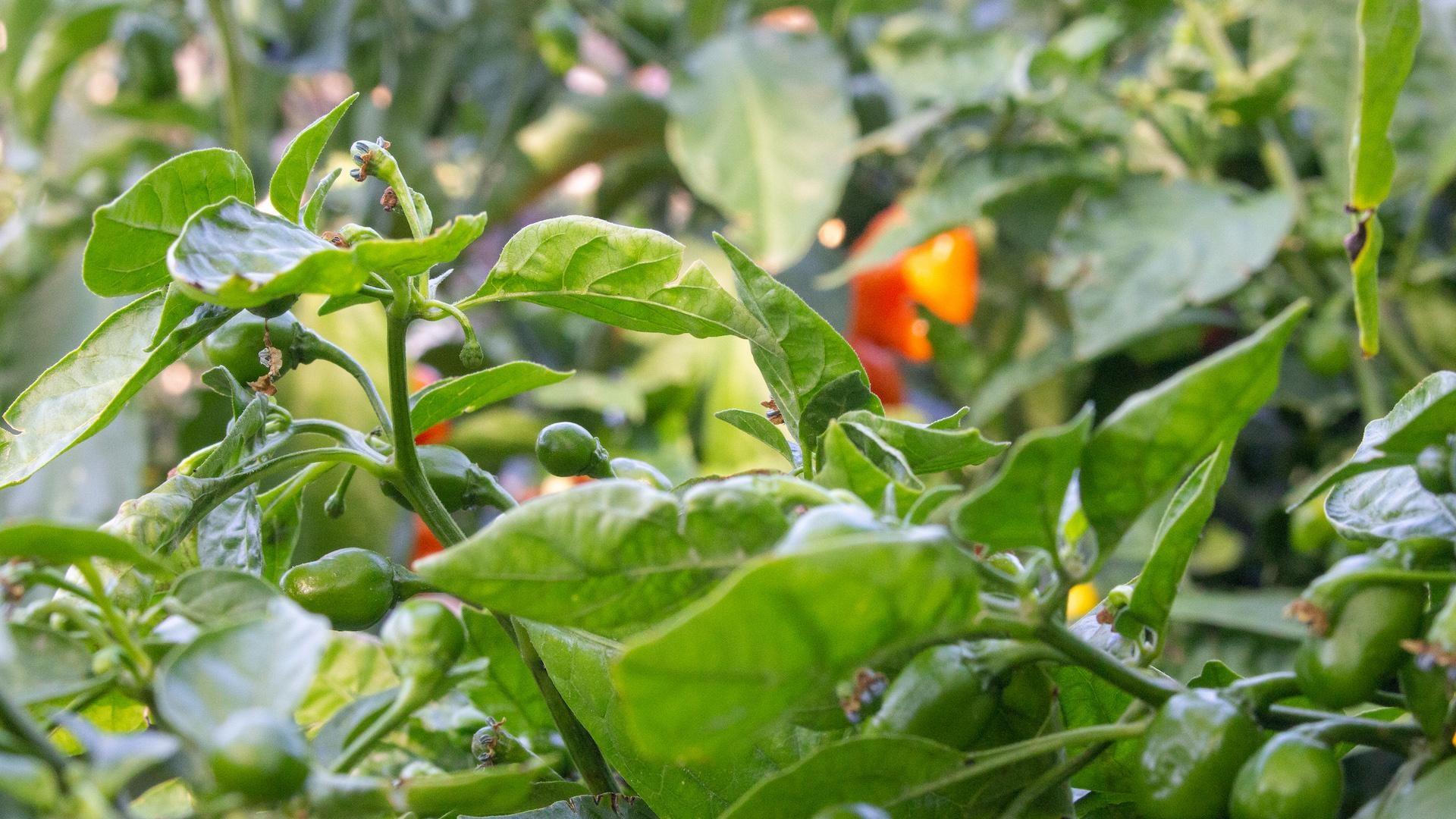
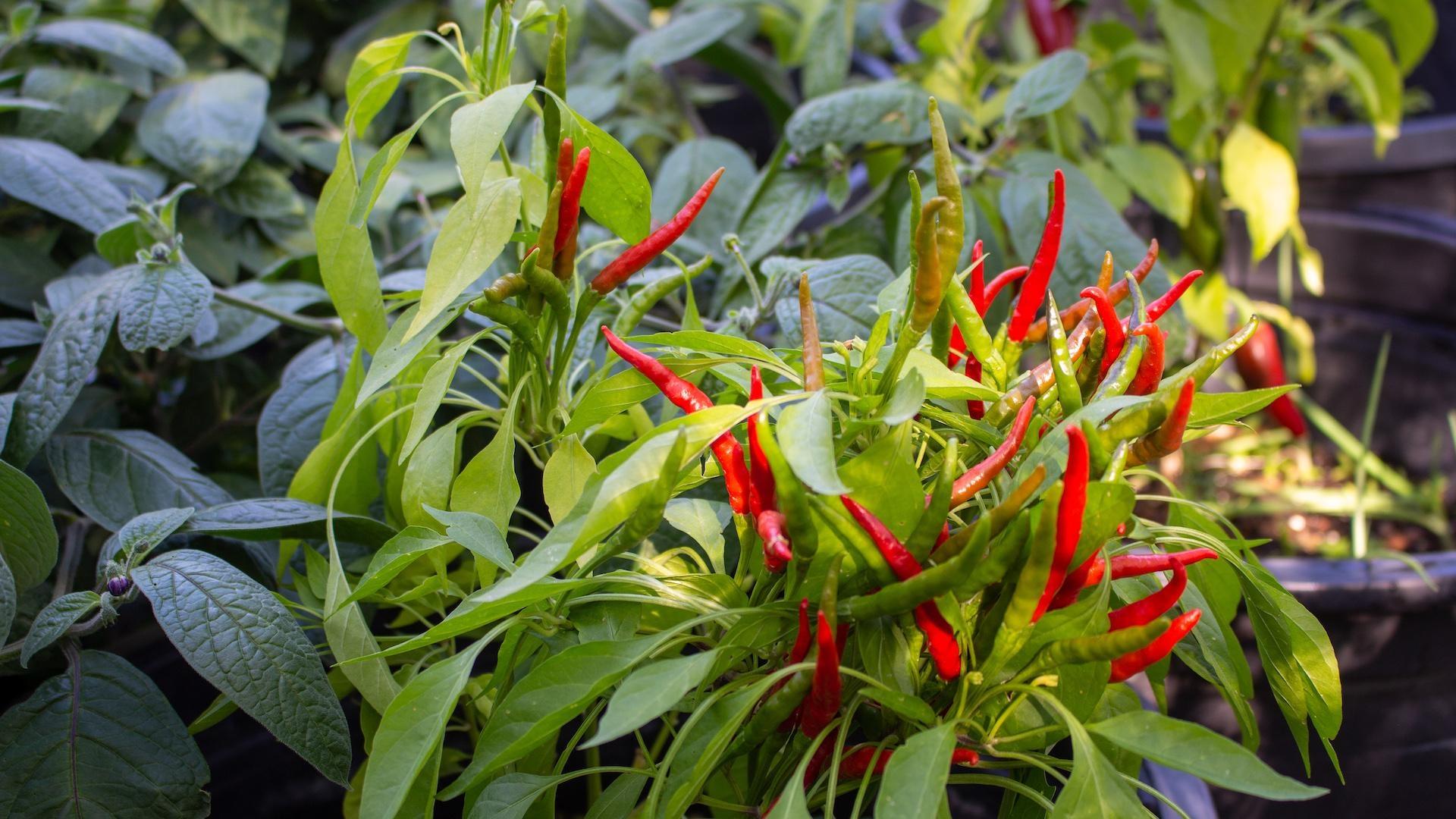
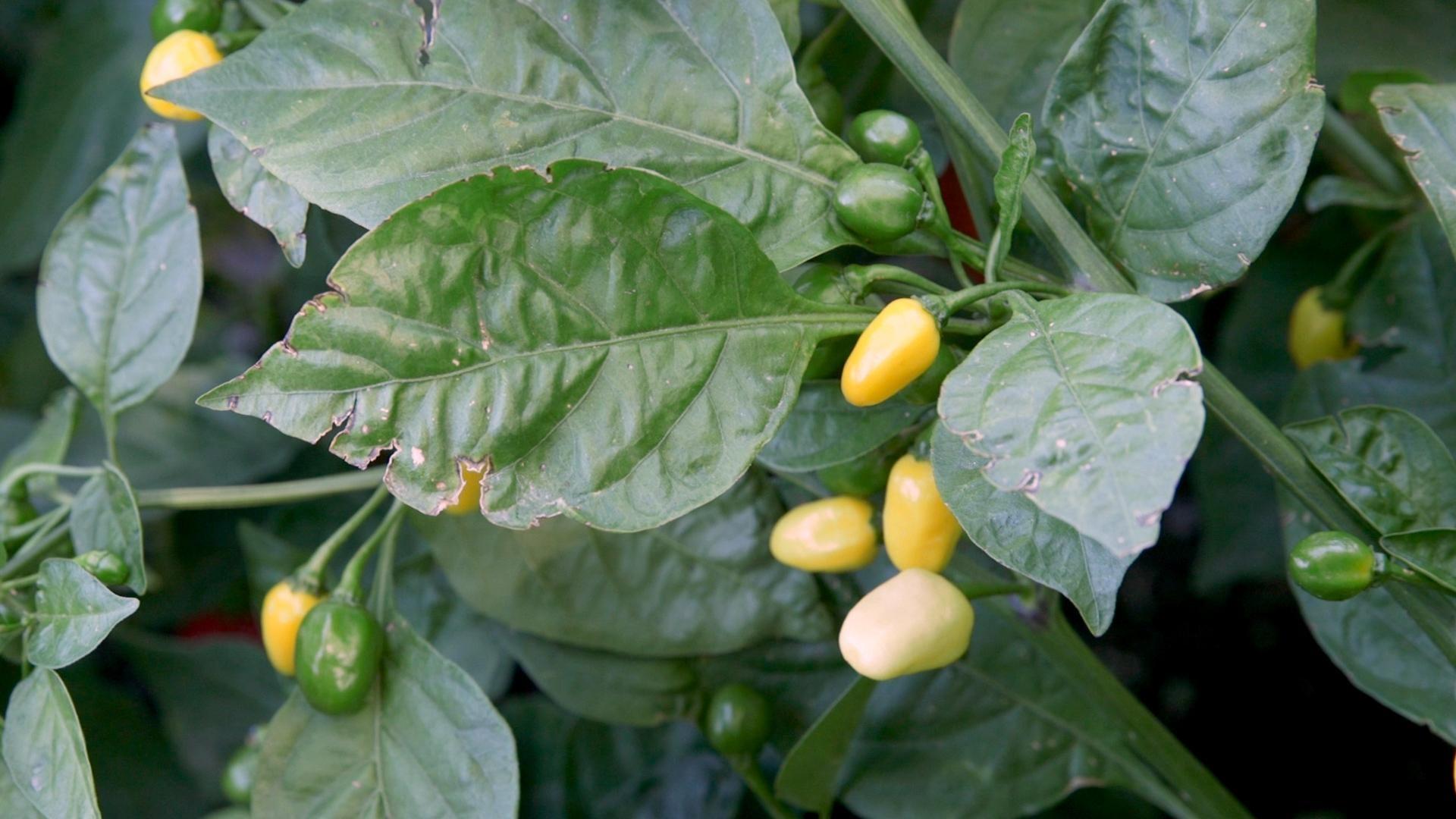
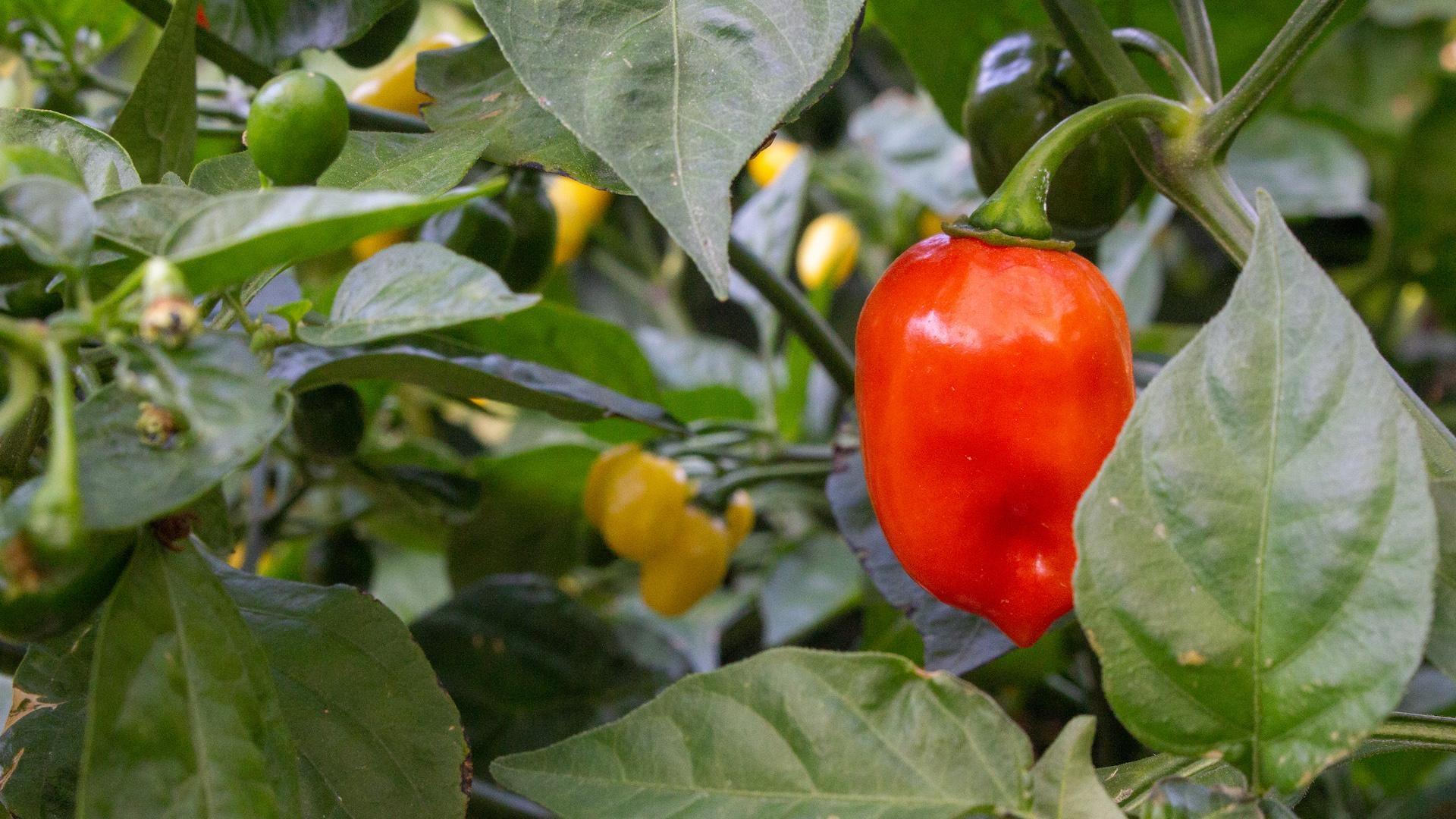


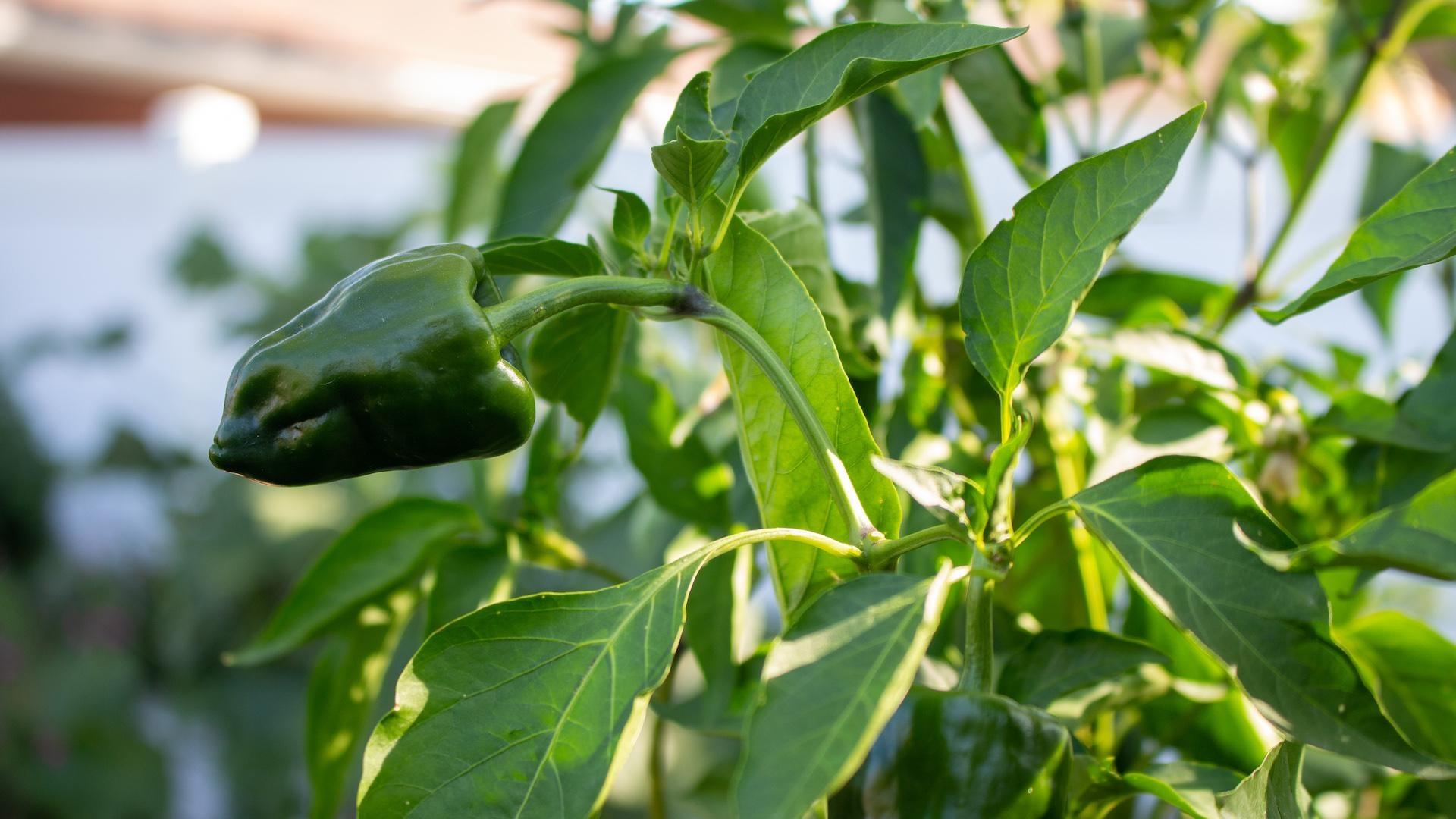














Originally from Puebla, Mexico, Maria spent part of her childhood homeless and says gardening helps her realize how much abundance she has in her life. In fact, she often finds she has to give away the things she harvests in her garden because there is more than just her family can eat.
Maria is glad she has the opportunity to connect with her community in this way. While planting seeds this year, she hoped this would be what she called her “year of giving.” With all the produce she was able to share this year, she says her wish was fulfilled!
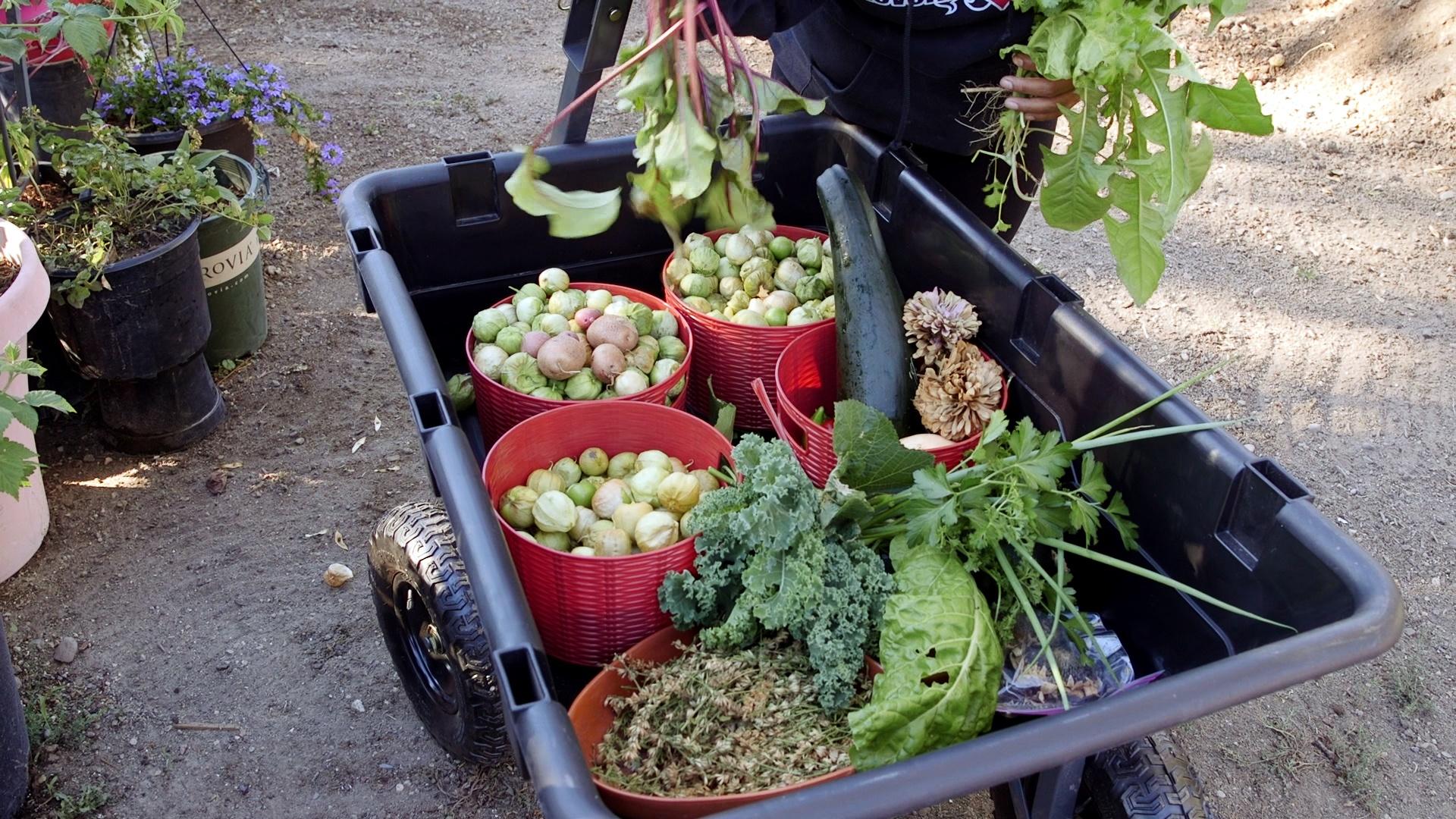
Maria believes it’s important to give back to the community and uses her garden to do so. One of her favorite things is teaching others about the gardening process. One way she does this is volunteering at the Glendale-Mountain View Community Learning Center community garden. It helps that she’s a very social person, so teaching gives her the opportunity to meet lots of people.
She often helps friends start planter boxes. When friends call her after their first harvest, she’s always overjoyed to hear the pride in their voices. “It makes me happy to see them happy,” she says, “because they pick what they themselves sowed and they realize that it is something different.” Maria is so glad she gets to share her passion and knowledge of gardening.
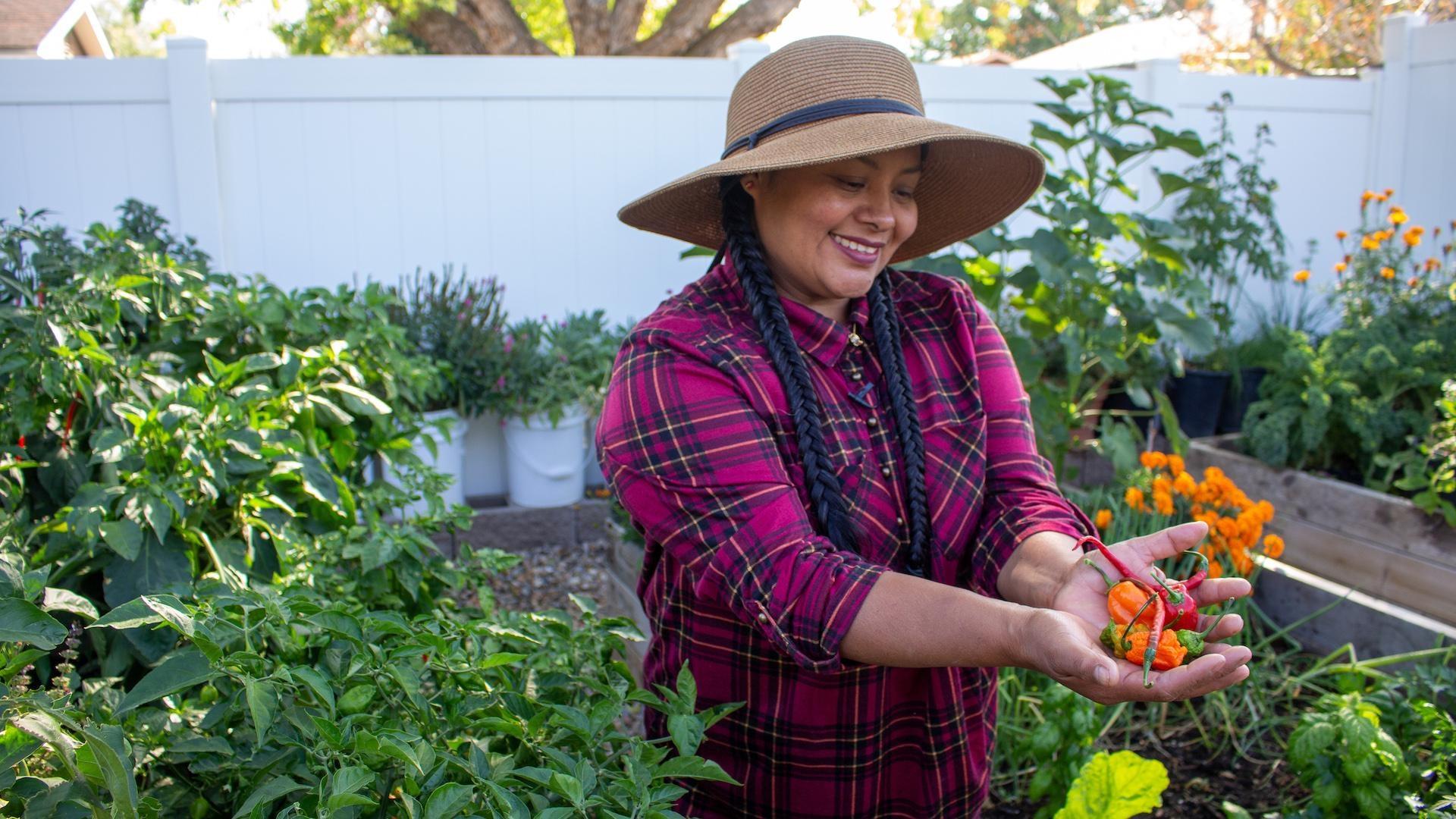
One thing Maria lets beginner gardeners know is that gardening can really help save money. She suggests taking note of all the money you spend on produce at the grocery store when you first start gardening. Then, when you start harvesting your own, you can see just how much you’re saving. She says it’s especially true if you’re planting fruits and vegetables you love to eat.
And even if you don’t have a big yard, there are lots of opportunities to garden. Before she had a space to garden, Maria loved having access to a community garden. And she says even if you can’t grow in planter boxes, container gardens are a great alternative. Even small pots can be a starting place.
Maria knows that it can be intimidating to start gardening, but she encourages people to try. She points out that you have to love it in the end, otherwise it will feel like a lot of work. If you love it, you won’t mind putting in the practice to learn how to best support your garden. But, as Maria says, the only way to find out is to give it a try!